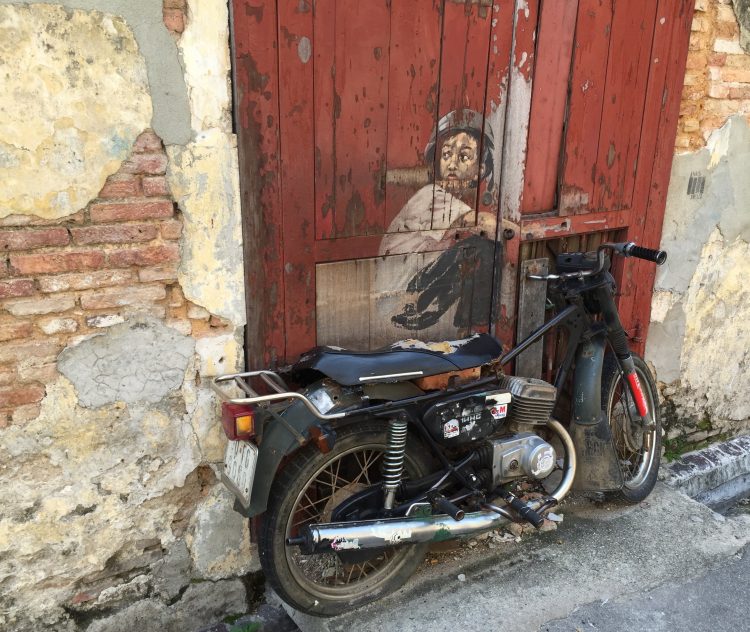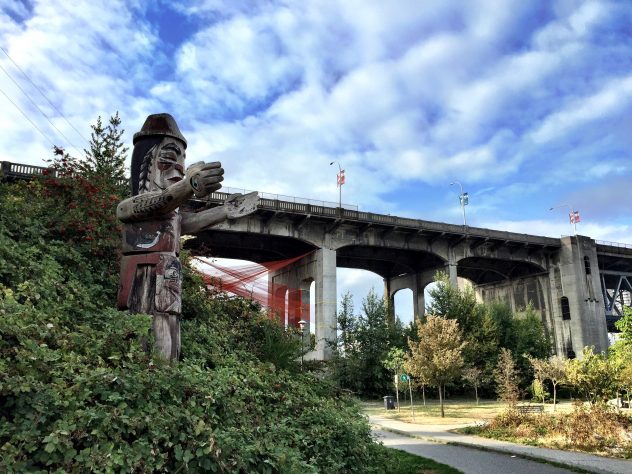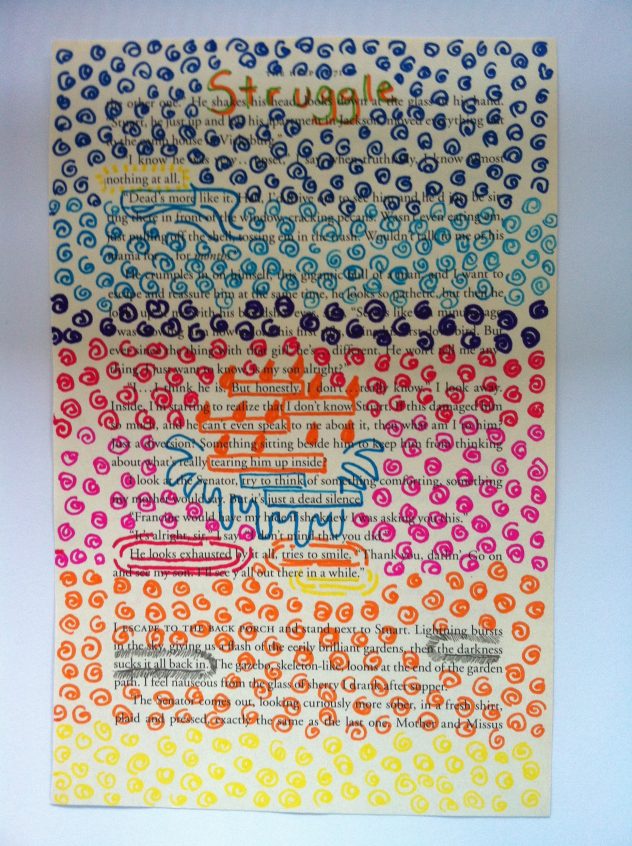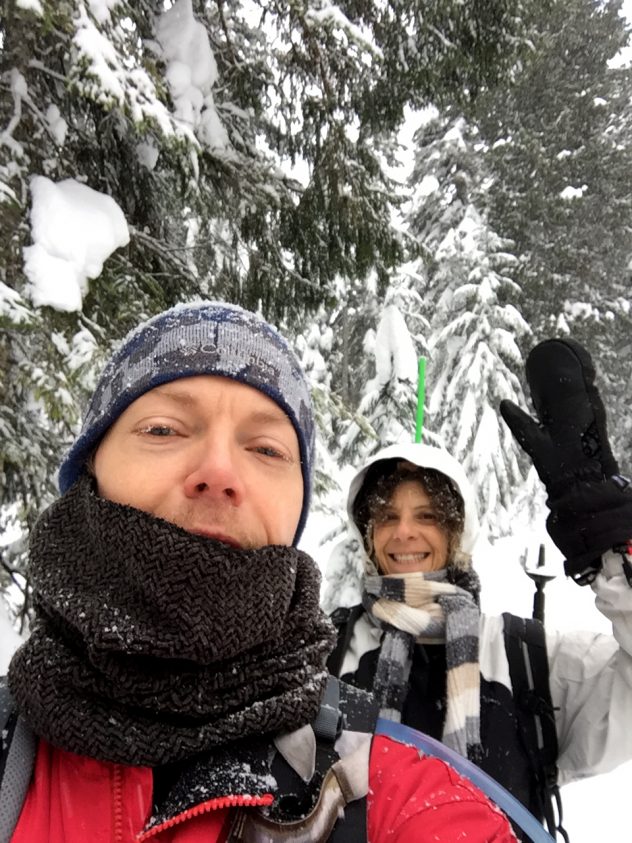 By Robin Ulster and James Denby (IdeaDriven.org)
By Robin Ulster and James Denby (IdeaDriven.org)
Those of us who teach history are, in a sense, magicians. We dedicate ourselves to conjuring and bringing to life events from the past – at times thousands of years old. The tools of our conjuring act are traditionally books, some websites, and the occasional movie or song. Oh, and maybe the enchanting sound of our voices. With just these tools, we ask students to imagine the past and to believe that somehow those events matter, that they have bearing on their lives today.
But there is a better way.
We can engage students’ imaginations and employ the compelling stories of today to help students see history as stories of the past, present, and future.
The Present As Bridge To The Past
Issues-based curricula are often engaging because they speak to the world we live in, but they are also incredible opportunities to learn about the past. By drawing the connection between our past and our present, by helping our students to see that the issues we grapple with today are rooted in the past, we can make our conjuring act work. History becomes relevant, issues have context, and our students are better able to articulate and argue for a point of view.
Scanning the headlines of our major media today, here are a smattering of issues Canadian society is grappling with and a few of their historical connections.
- The recently approved pipelines in Canada will be subject to legal challenge and likely massive protest. The opposition to the pipelines is rooted in things like the Royal Proclamation of 1763 and the extraction of resources in the West from traditional First Nations lands that goes back to the Cariboo Gold Rush (and beyond).
- The arrival of refugees from Syria has parallels to the Jewish refugees seeking to escape the rise of Nazism in Europe.
- The current government’s interest in attracting immigrants is a marked contrast to policies like those that led to the denial of entry into Canada of the passengers of the Komagata Maru in 1914.
- The planned legalization of marijuana in Canada (and the longstanding policy of its illegality) can be connected to Canada’s complicated relationship with alcohol through the late 1800s and early 1900s.
- The seemingly endless cod stocks off the coast of Newfoundland disappeared by 1992. Today whole nations that have depended on salmon runs for millennia face terrifying declines in fish numbers while government policies encourage salmon farming. At the same time, as a society we must contemplate the unquantifiable cultural impact failed government policies like these could have.
- Our debates and legislation around privacy and the need to protect society from terrorism played out once before in our Cold War paranoia and government spying.
Inspire Imagination With Primary Sources
By selecting engaging primary source materials, we give students the opportunity to ‘read’ and interpret history. Documents, images, narratives, maps, letters and newspaper articles tell a story, often from multiple points of view. By analyzing them, students become historians, engage with big ideas, and look for evidence.
Secondary source materials have a place in the imaginative classroom as well. Deconstructing interpretations of history from textbooks, articles, book excerpts, images, films, etc. is both a valuable skill and a way for students to see history as a story that plays a role in socialization and culture. Through this process, students learn to see society’s changing representation of gender, culture, class, and identity.
Offer Students Multiple Ways Of Expressing Understanding
Simulations, debates, video projects, Socratic seminars, essays, pecha kuchas (a presentation that shows 20 slides for 20 seconds each), infographics, and articles (to name a few) can be rigorous and creative ways for students to express their understanding of the relationship between past and present. Offer your students choices that match the type of analysis you are looking for.
Allow for differentiation and help students choose a means of expression that helps develop key skills while expressing their learning. The preparation you do for these types of activities pays off in work and depth of learning, so fight to go slow if you can.
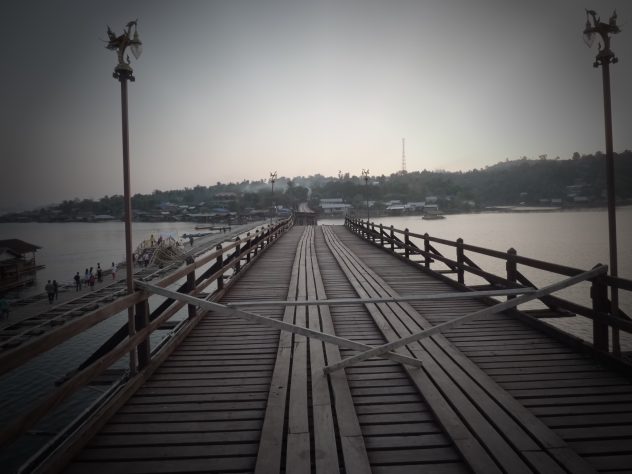
The Past As A Bridge To The Future
There is no rule that our study of the events that have shaped our country/community/ world has to follow a straight line from A to B. Like a non-linear narrative, our history can be about the interplay between past and present, the shaping of the world we live in today by the events of the past. In doing so, we can kindle the imaginations of our students to ‘see’ the past and to see how the decision/choices/actions of those who preceded us influence us today.
And, perhaps most important of all, in understanding that relationship, our students will be able do that thing we dreamt about when we became teachers – they will imagine a better future and see their role in shaping it. As Al Hunter, writer and former chief of the Rainy River First Nation said in the film Colonization Road, “We want them to know that the past and the present and future are actually alive.”
About The Authors
As educators, Robin and James are guided by principles of social justice and a deep pedagogical belief that an inquiry based education can lead to substantial personal and societal change.
Learn more about ideaDriven Education on their website.
Follow them on Twitter @ideadriven or contact them by email at [email protected]
